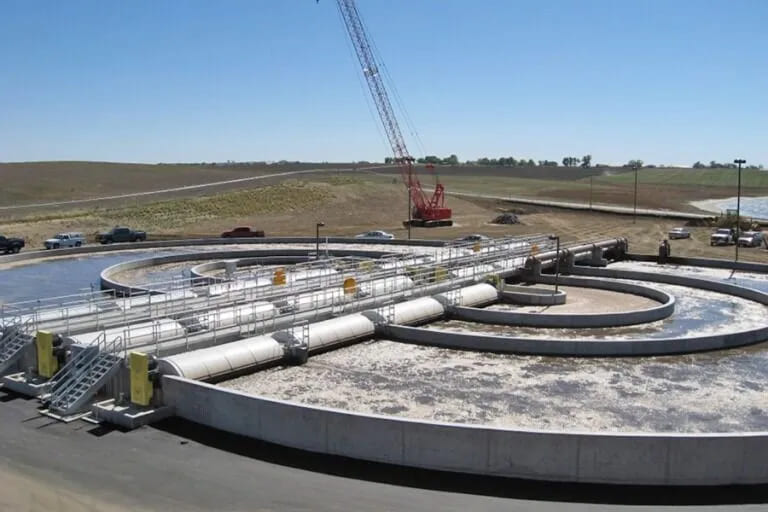How Emergency Streambank Stabilization Protected Our Town’s Infrastructure

I work as the public works director for a small town nestled along a modest river in the Midwest. Our wastewater treatment plant sits near the confluence of two streams that, most years, remain calm and manageable. But two springs ago, we saw rainfall levels we hadn’t experienced in over half a century.
In just over three days, the river crested more than five feet above its usual mark. The current scoured the outer bend nearest our lagoon cells, eroding nearly 12 feet of streambank. By the time the storm subsided, a third of our eastern embankment had collapsed. What we were left with wasn’t just erosion—it was a direct threat to our entire wastewater infrastructure.
At the emergency city council meeting that week, it was clear: we couldn’t afford to wait. If another storm hit, we’d lose a treatment cell—and potentially contaminate the river. One council member said, “We need this fixed before next month, not next year.”
That’s when I called in a firm I’d worked with once before on a culvert failure. This time, I asked if they had experience with streambank stabilization design. Not only did they say yes—they had engineers who specialized in natural …



